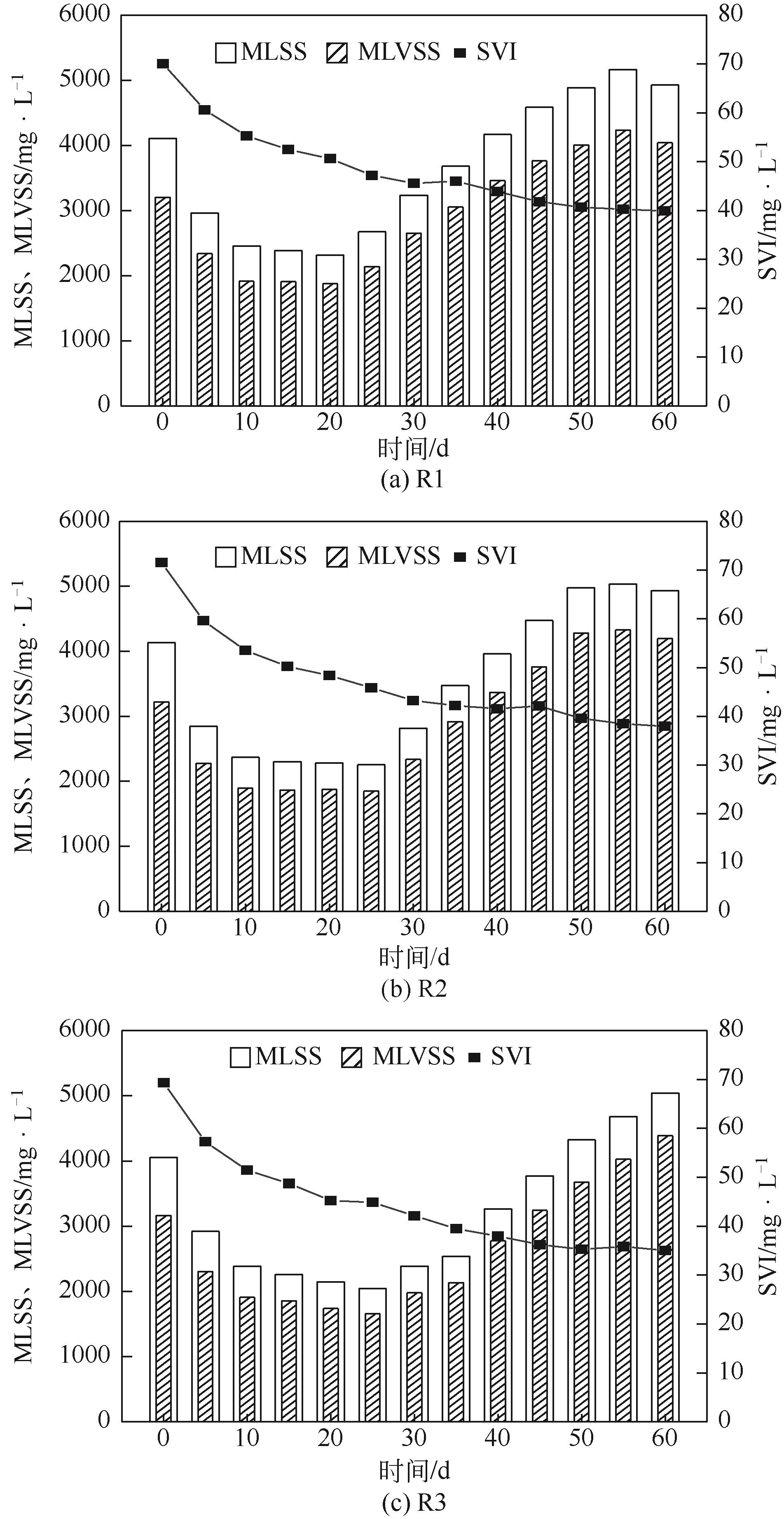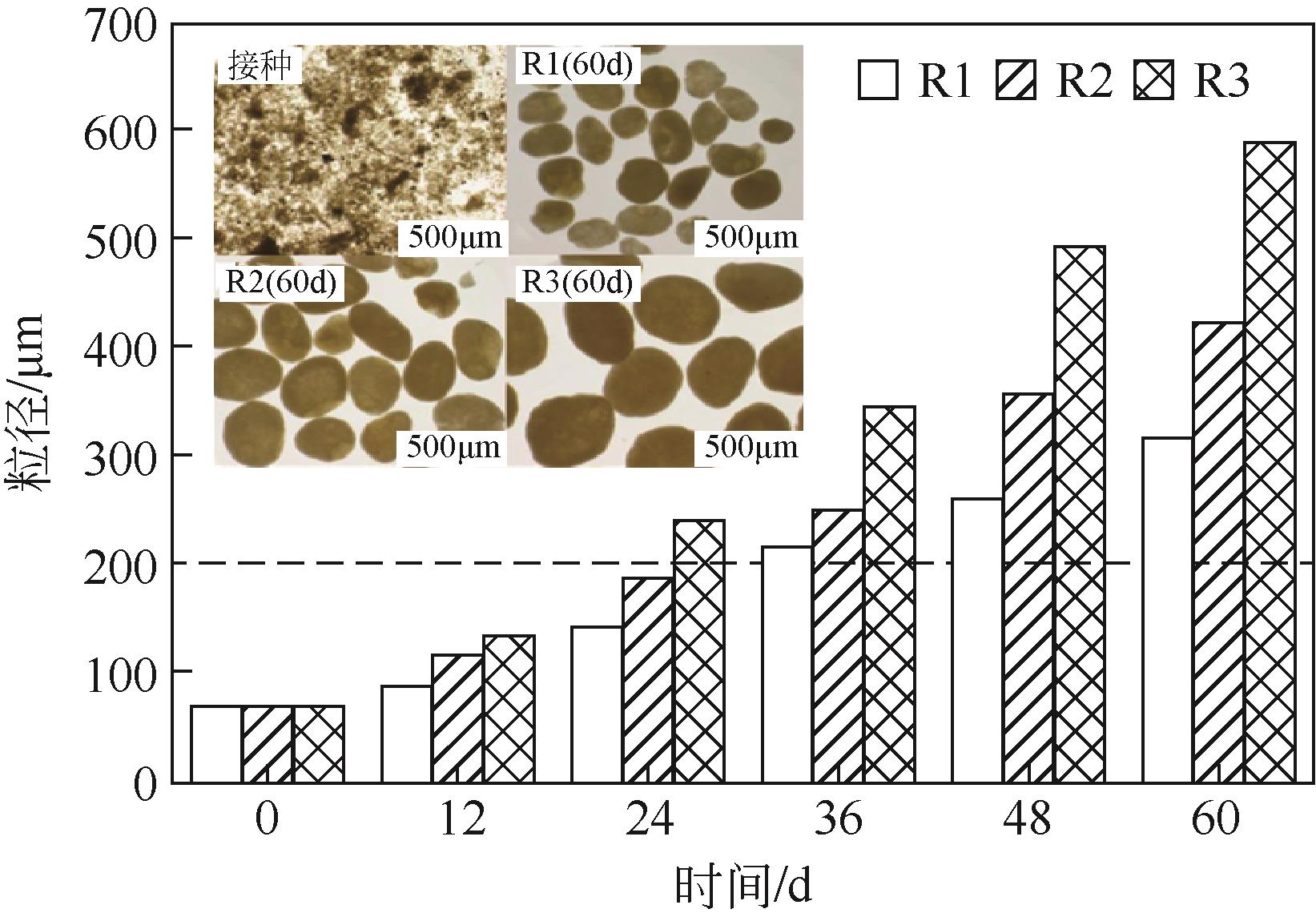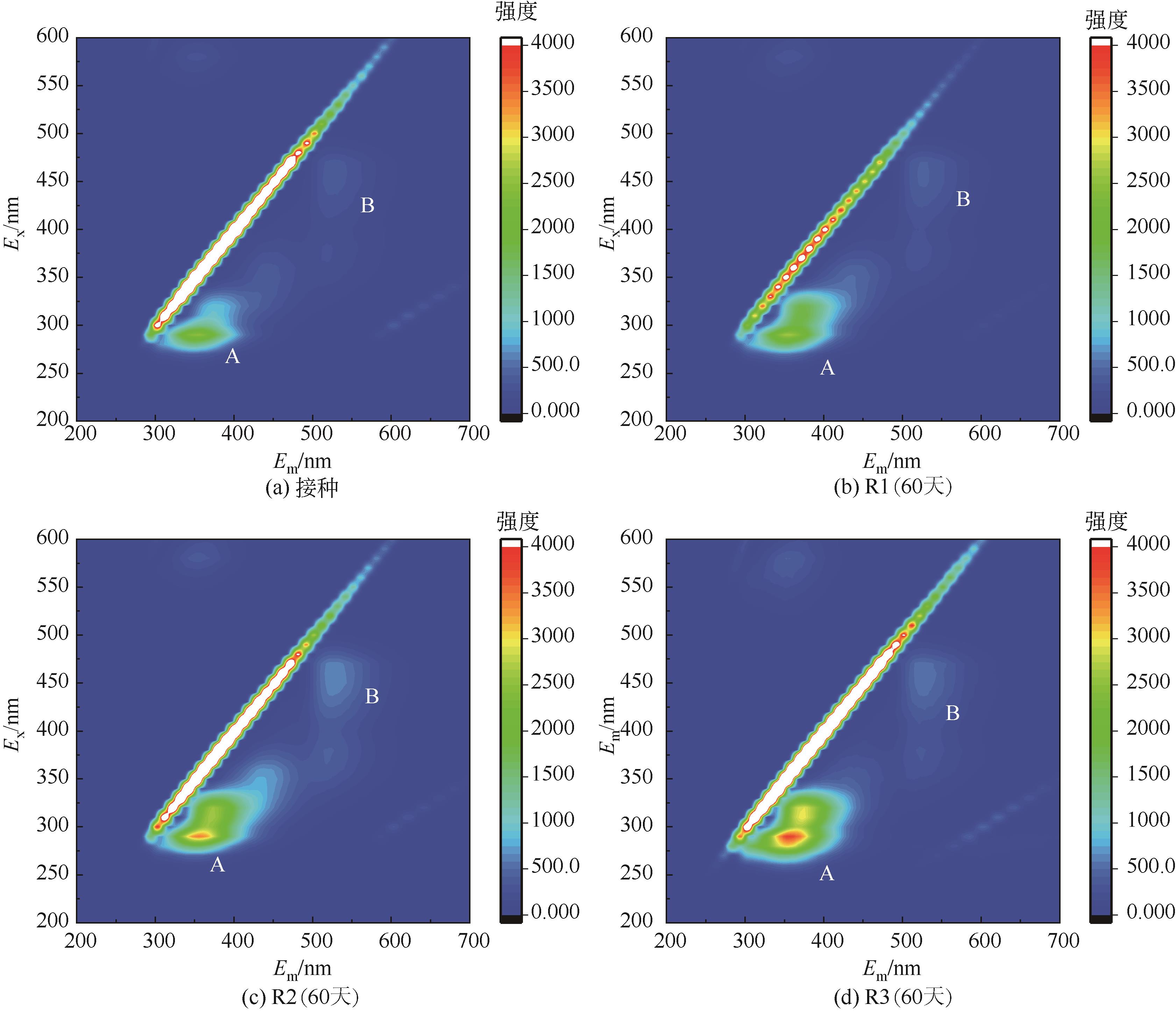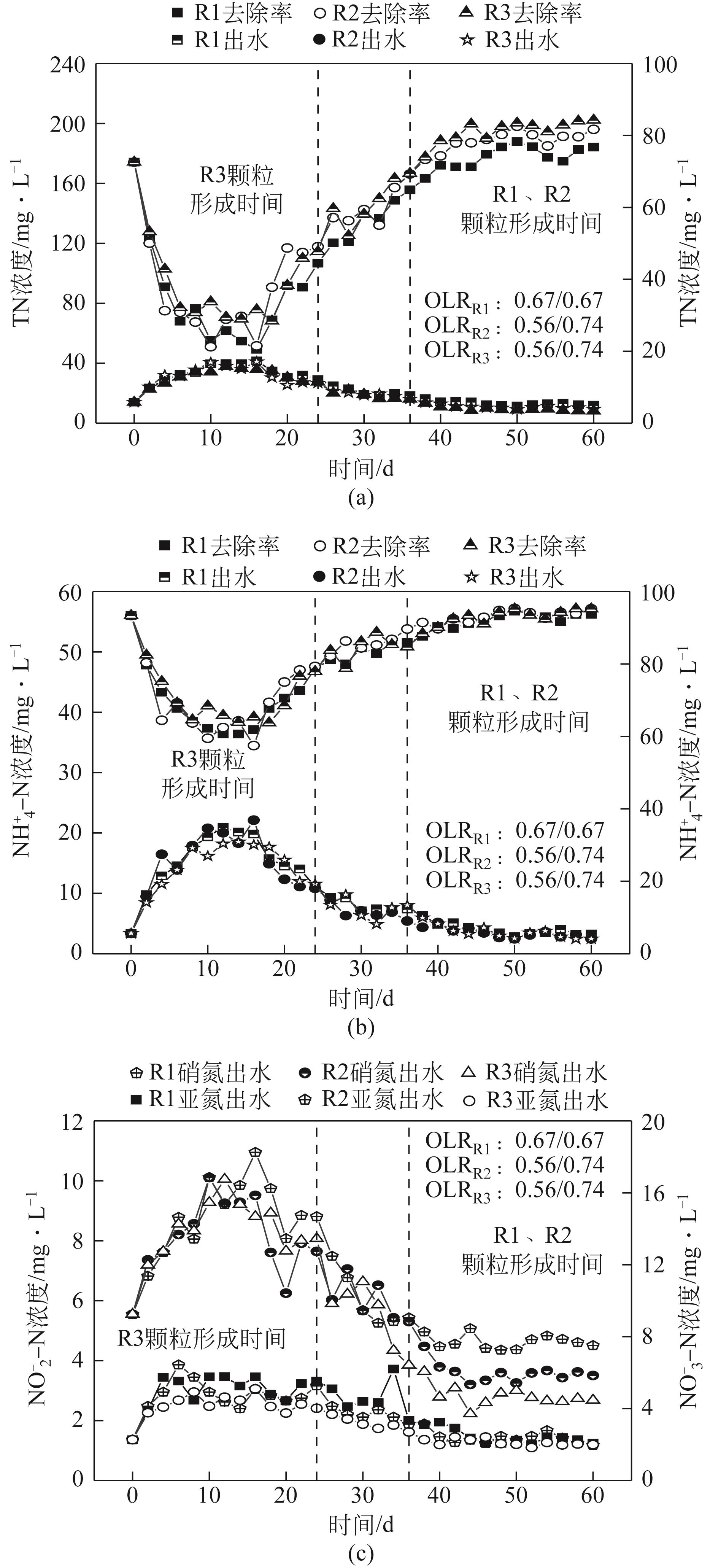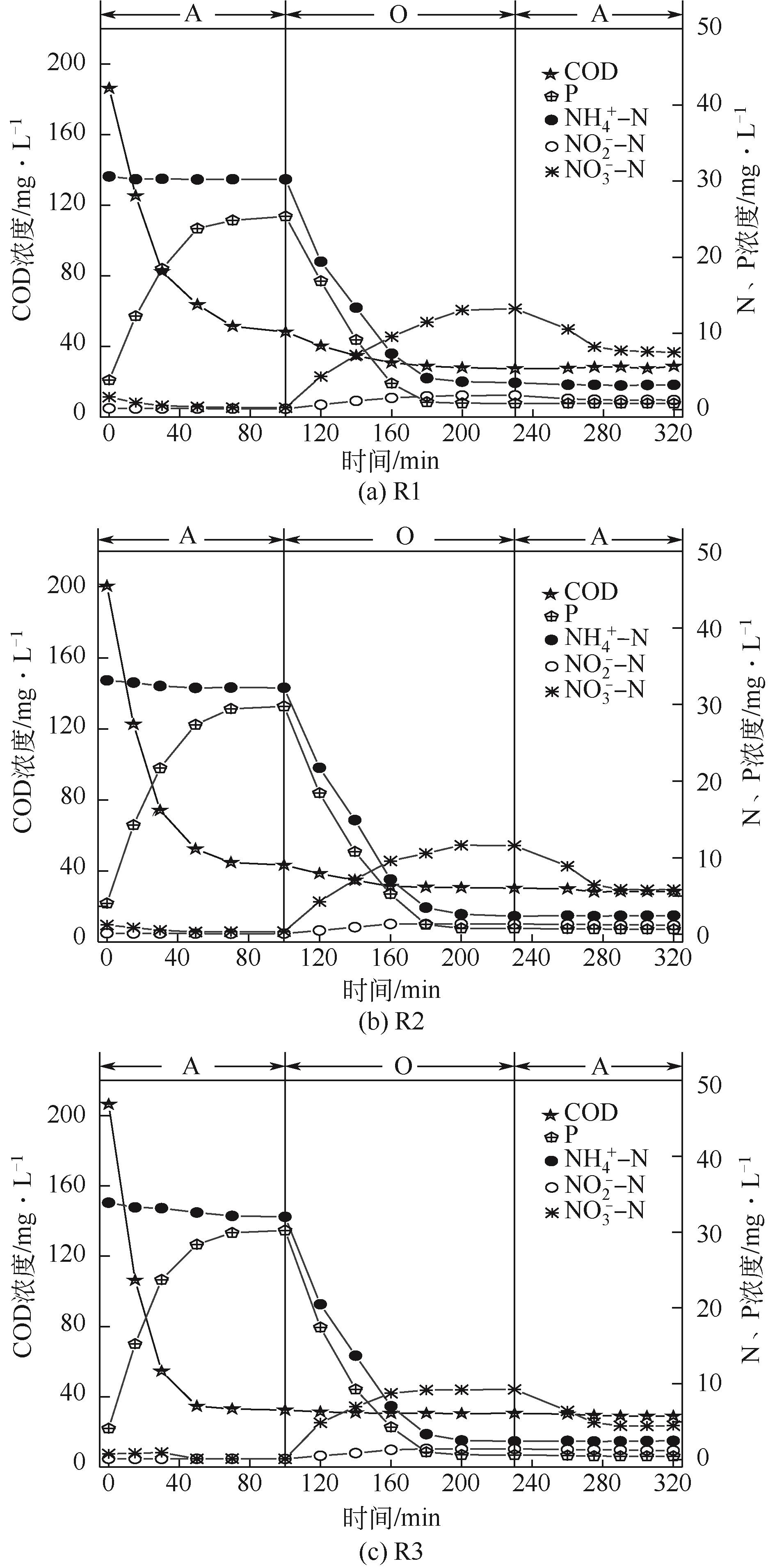| 1 |
LIU Yu, Joohwa TAY. State of the art of biogranulation technology for wastewater treatment[J]. Biotechnology Advances, 2004, 22(7): 533-563.
|
| 2 |
QIU Bangqiao, LIAO Guohao, WU Chuandong, et al. Rapid granulation of aerobic granular sludge and maintaining its stability by combining the effects of multi-ionic matrix and bio-carrier in a continuous-flow membrane bioreactor[J]. Science of the Total Environment, 2022, 813: 152644.
|
| 3 |
TAO Jia, QIN Lian, LIU Xiaoying, et al. Effect of granular activated carbon on the aerobic granulation of sludge and its mechanism[J]. Bioresource Technology, 2017, 236: 60-67.
|
| 4 |
VERAWATY M, PIJUAN M, YUAN Z G, et al. Determining the mechanisms for aerobic granulation from mixed seed of floccular and crushed granules in activated sludge wastewater treatment[J]. Water Research, 2012, 46(3): 761-771.
|
| 5 |
MOY B Y P, TAY J, TOH S K, et al. High organic loading influences the physical characteristics of aerobic sludge granules[J]. Letters in Applied Microbiology, 2002, 34(6): 407-412.
|
| 6 |
CHEN Han, LI Ang, CUI Di, et al. Evolution of microbial community and key genera in the formation and stability of aerobic granular sludge under a high organic loading rate[J]. Bioresource Technology Reports, 2019, 7: 100280.
|
| 7 |
WANG Shuguang, GAI Lihong, ZHAO Lijian, et al. Aerobic granules for low-strength wastewater treatment: formation, structure, and microbial community[J]. Journal of Chemical Technology & Biotechnology, 2009, 84(7): 1015-1020.
|
| 8 |
LIN Huihua, MA Rui, HU Yaping, et al. Reviewing bottlenecks in aerobic granular sludge technology: slow granulation and low granular stability[J]. Environmental Pollution, 2020, 263: 114638.
|
| 9 |
YANG Yachun, LIU Xiang, WAN Chunli, et al. Accelerated aerobic granulation using alternating feed loadings: alginate-like exopolysaccharides[J]. Bioresource Technology, 2014, 171: 360-366.
|
| 10 |
IORHEMEN O T, LIU Y. Effect of feeding strategy and organic loading rate on the formation and stability of aerobic granular sludge[J]. Journal of Water Process Engineering, 2021, 39: 101709.
|
| 11 |
ZHANG Zhiming, YU Zhoudong, DONG Jingjing, et al. Stability of aerobic granular sludge under condition of low influent C/N ratio: correlation of sludge property and functional microorganism[J]. Bioresource Technology, 2018, 270: 391-399.
|
| 12 |
FRØLUND B, GRIEBE T, NIELSEN P H. Enzymatic activity in the activated-sludge floc matrix[J]. Applied Microbiology and Biotechnology, 1995, 43(4): 755-761.
|
| 13 |
LIU Hong, FANG H Hanping. Extraction of extracellular polymeric substances (EPS) of sludges[J]. Journal of Biotechnology, 2002, 95(3): 249-256.
|
| 14 |
WANG Xiaoxia, WANG Shuying, XUE Tonglai, et al. Treating low carbon/nitrogen (C/N) wastewater in simultaneous nitrification-endogenous denitrification and phosphorous removal (SNDPR) systems by strengthening anaerobic intracellular carbon storage[J]. Water Research, 2015, 77: 191-200.
|
| 15 |
NIU Wenyu, GUO Jianbo, LIAN Jing, et al. Rapid start-up of denitrifying granular sludge by dosing with semi-starvation fluctuation C/N ratio strategy[J]. Bioresource Technology, 2017, 241: 945-950.
|
| 16 |
WANG Yayi, WANG Jiaqin, LIU Zhiping, et al. Effect of EPS and its forms of aerobic granular sludge on sludge aggregation performance during granulation process based on XDLVO theory[J]. The Science of the Total Environment, 2021, 795: 148682.
|
| 17 |
HAAKSMAN V A, MIRGHORAYSHI M, VAN LOOSDRECHT M C M, et al. Impact of aerobic availability of readily biodegradable COD on morphological stability of aerobic granular sludge[J]. Water Research, 2020, 187: 116402.
|
| 18 |
ZHANG Yihao, DONG Xiaochuan, NURAMKHAAN M, et al. Rapid granulation of aerobic granular sludge: a mini review on operation strategies and comparative analysis[J]. Bioresource Technology Reports, 2019, 7: 100206.
|
| 19 |
DE KREUK M K, KISHIDA N, VAN LOOSDRECHT M C M. Aerobic granular sludge-state of the art[J]. Water Science and Technology, 2007, 55(8/9): 75-81.
|
| 20 |
LI Zhengwen, MENG Qingting, WAN Chunli, et al. Aggregation performance and adhesion behavior of microbes in response to feast/famine condition: rapid granulation of aerobic granular sludge[J]. Environmental Research, 2022, 208: 112780.
|
| 21 |
SUN Y W, ANGELOTTI B, BROOKS M, et al. Feast/famine ratio determined continuous flow aerobic granulation[J]. Science of the Total Environment, 2021, 750: 141467.
|
| 22 |
PRONK M, NEU T R, VAN LOOSDRECHT M C M, et al. The acid soluble extracellular polymeric substance of aerobic granular sludge dominated by Defluviicoccus sp.[J]. Water Research, 2017, 122: 148-158.
|
| 23 |
ZHU Liang, Meile LYU, DAI Xin, et al. The stability of aerobic granular sludge under 4-chloroaniline shock in a sequential air-lift bioreactor (SABR)[J]. Bioresource Technology, 2013, 140: 126-130.
|
| 24 |
ERŞAN Y Ç, ERGUDER T H. The effects of aerobic/anoxic period sequence on aerobic granulation and COD/N treatment efficiency[J]. Bioresource Technology, 2013, 148: 149-156.
|
| 25 |
ZHU Liang, Meile LYU, DAI Xin, et al. Role and significance of extracellular polymeric substances on the property of aerobic granule[J]. Bioresource Technology, 2012, 107: 46-54.
|
| 26 |
MCKNIGHT D M, BOYER E W, WESTERHOFF P K, et al. Spectrofluorometric characterization of dissolved organic matter for indication of precursor organic material and aromaticity[J]. Limnology and Oceanography, 2001, 46(1): 38-48.
|
| 27 |
WANG Wenqiang, LI Dong, LI Shuai, et al. Characteristics and mechanism of hollow anammox granular sludge with different settling properties[J]. Journal of Environmental Chemical Engineering, 2022, 10(2): 107230.
|
| 28 |
GUO Hongxiao, FELZ S, LIN Yuemei, et al. Structural extracellular polymeric substances determine the difference in digestibility between waste activated sludge and aerobic granules[J]. Water Research, 2020, 181: 115924.
|
| 29 |
GUERRERO J, GUISASOLA A, BAEZA J A. The nature of the carbon source rules the competition between PAO and denitrifiers in systems for simultaneous biological nitrogen and phosphorus removal[J]. Water Research, 2011, 45(16): 4793-4802.
|
| 30 |
ZHANG Quanguo, HU Jianjun, LEE Duujong. Aerobic granular processes: current research trends[J]. Bioresource Technology, 2016, 210: 74-80.
|
 ), GAO Feiyan1, XIE Yibo1, LI Zhu1, ZHANG Jie1,2
), GAO Feiyan1, XIE Yibo1, LI Zhu1, ZHANG Jie1,2
